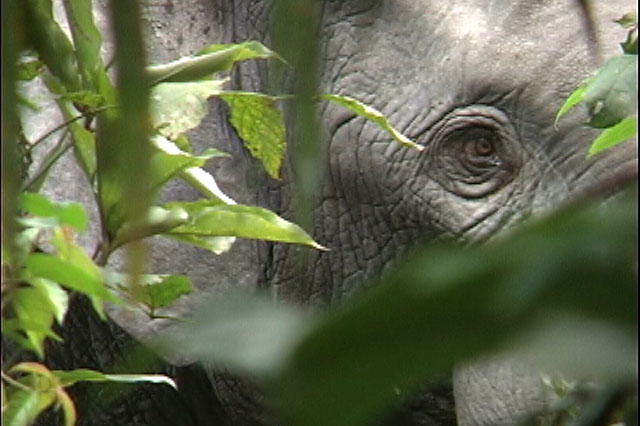
There are dire consequences to leaving elephant populations unprotected.
As megaherbivores, forest elephants have a significant effect on the environment around them. According to new research, their impact also extends to tree populations and carbon levels in the forest.
Up to now the significance of these ecosystem engineers’ dining habits on the carbon stocks in Africa’s rainforests remained largely unknown.
A new study found that in a less dense forest due to the presence of elephants will lead to changes in the competition for light, water and space among trees thereby affecting carbon levels which will have significant implications for climate and conservation policies.